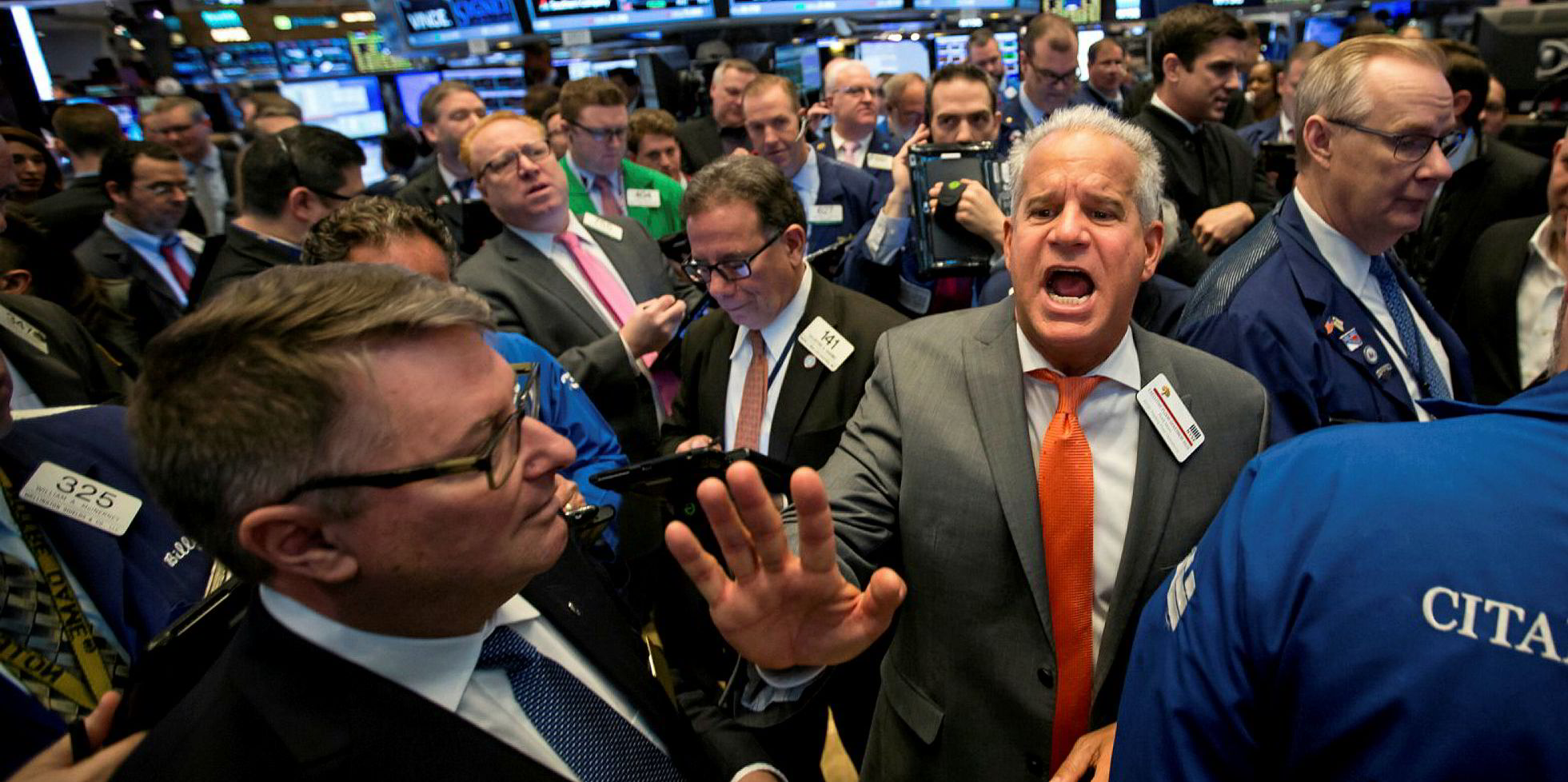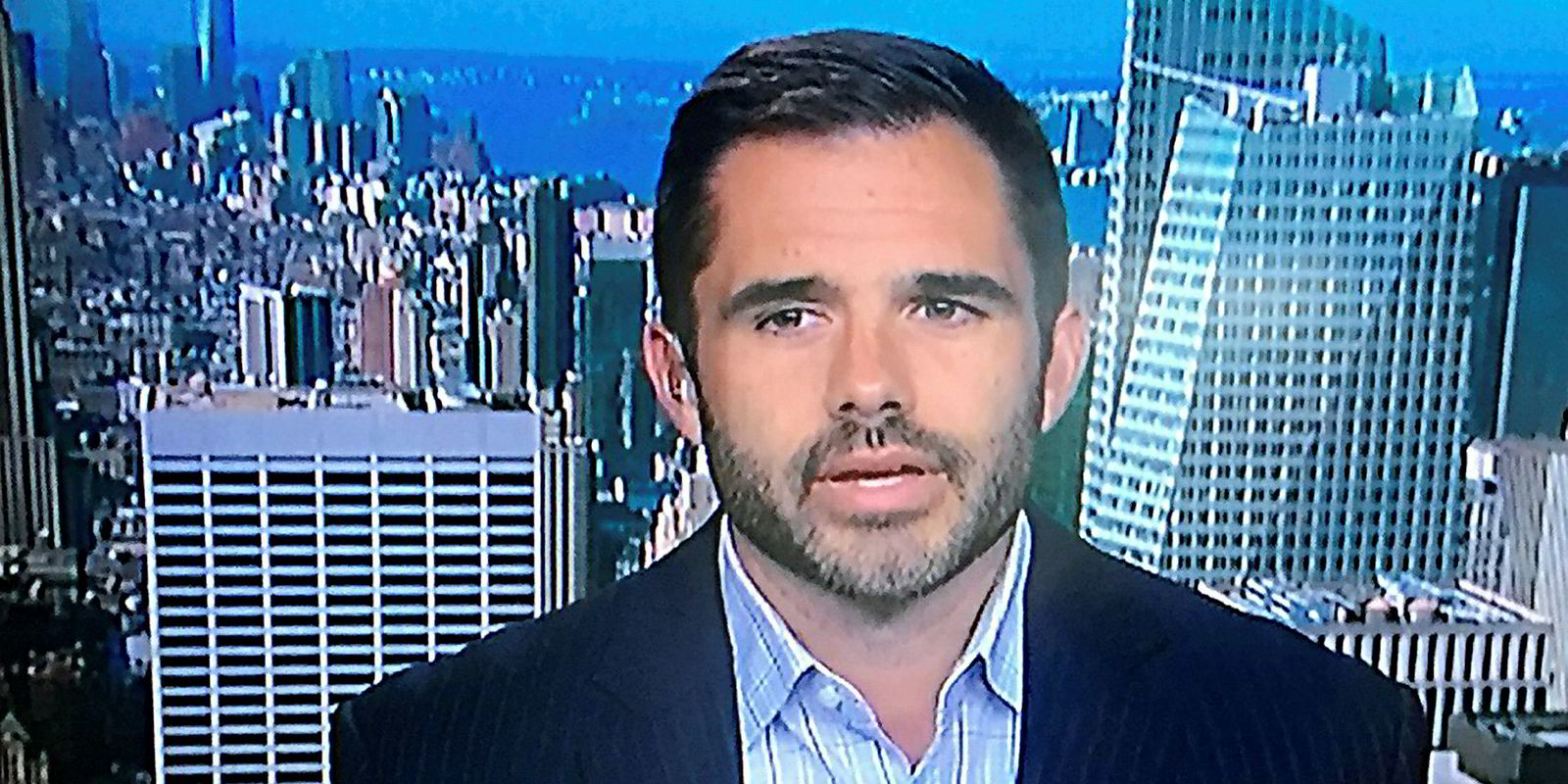Navig8 Group chief executive Nicolas Busch was speaking to TradeWinds in November about the long-shuttered US market for initial public offerings when he made a convincing case that the condition is temporary.
Public offerings, Busch explained, happen when public investors are more excited about assets and markets than are private investors are.
“That hasn’t been the case over the last three to four years,” he said at the time. “But that doesn’t mean ... you can structurally say that in the future the public market will never be more optimistic than the private market.”
The future is a big place, of course. But at the start of 2019, the malaise that prevents IPOs does not seem to be getting better — and may in fact be growing worse.
That much can be gleaned from two research notes by leading equity analysts.
Michael Webber of Wells Fargo and Magnus Fyhr of Seaport Global Securities were moved to downgrade expectations for two core operating sectors: crude tankers and dry bulk, respectively.
Broader jitters
Both cited broader market jitters over US trade tensions with China and a slowing global economy among their prime concerns.
Assessing the tanker landscape, Webber also acknowledged the implementation of Opec production cuts as a dampening factor this year.
Even so, tanker asset values actually have been “inching up” since the third quarter last year by 5% to 10%, but tanker stocks have traded off with the broader energy sector over the same period, Webber noted in lowering the sector to “hold” from “buy”.

Tanker valuations are measured by a prompt-delivery VLCC as approaching mid-cycle levels, he said — “currently $94m against a range between $80m and $120m. Tanker asset values and equities have moved in opposite directions, so who’s right?” Webber wondered.
He reluctantly concluded that it is probably the investors pushing down tanker stocks who are on the right track.
His reasons for optimism — including the IMO’s 2020 sulphur regulations — seem to be overwhelmed by the potential negatives: lighter Opec volumes, seasonal rates softening coming out of winter and (most important) the broader market volatility scaring funds away.
“The equities are acting as lead indicators for the physical assets,” Wells Fargo suspects.
“While we’re sure there’s some noise priced into the stocks, we have an easier time seeing tanker asset values taking a breather and/or inching back toward equity values, than the stocks continuing to recover from the December thumping and carrying on as if nothing happened or changed,” Webber concluded.
In an interview with TradeWinds, Webber said volatility is a bogeyman holding tanker stocks back.
“We think the risk appetite in equities shrinks dramatically when volatility gets out of hand,” he added.
“I would stop short of saying that investors are discounting the validity of the improvement in tanker values and NAVs [net asset values] or the impact of IMO 2020.
“We think most of the market still looks at IMO 2020 as a significant potential catalyst. The problem is — what are you adding that catalyst to?”
That is where signs of slowing global economic growth enter the equation.
“We think the real issue is that the market is gradually coming to grips with the slowing data coming out of China and Europe — the latter of which is actually producing some recessionary industrial production data points,” Webber said.
“It creates cracks in the baseline assumptions for crude demand growth, which is enough for the market to step back and say, ‘These stocks aren’t going to run away from me, let’s see how this settles out’.”
Of the tanker stocks under Webber’s coverage, only Frontline continued to trade above its NAV. The company’s market capitalisation was at 130% of NAV at the time of the analyst’s report. The John Fredriksen vehicle has traditionally commanded a NAV premium.
But Euronav is at just 89%, and that is the best of the remaining pack — Nordic American Tankers (86%), DHT Holdings (82%), Tsakos Energy Navigation and Teekay Tankers (both 64%) and Ardmore Shipping (59%).

Over on the dry side, similar factors influenced Fyhr — never known as a market bear — to rein in his earnings expectations and price targets for companies under his coverage.
Unlike the moderate gains in physical asset values seen on the tanker side, bulker valuations have been slipping by about 5% over the past few months.
But that is nothing compared to how the public bulker companies are trading against their NAVs — a discount averaging 34%, Fyhr said.
Once again, private investors are more optimistic about shipping than public ones.
On the bright side, he does not see that gap continuing.
“Given the current disconnect between private market asset values and the implied public valuation of dry bulk equities, we believe the discount should narrow as asset values stabilise and charter rates recover,” he wrote in a report.
Improving sentiment
“While dry bulk shares may be range-bound for the next few months, we believe sentiment will start to improve as we move into the second half of 2019.”
Fyhr makes the case that investors have already priced fears about China and the world economy into the trading level of dry bulk stocks.
Still, recent spot market weakness and lower demand growth prompted him to lower 2019 earnings estimates for the dry names under his coverage: Diana Shipping, Eagle Bulk Shipping, Golden Ocean Group, Scorpio Bulkers, Safe Bulkers, Genco Shipping & Trading and Star Bulk Carriers.





